 Discover Your Healthy New Year Plan
Discover Your Healthy New Year Plan
The arrival of 2017 has inspired many Stuart area residents to lead healthier lives. Some are joining a gym, others are cooking with healthier ingredients, and others are giving up bad habits.
If you and your family are making strides to lead a healthier life, you shouldn’t forget to have a look at the environment in your home to make sure that it is conducive to those goals. Many people are unaware of the hidden health hazards that may be lurking in their pipes.
Keeping Your Faucets Clean
You probably already know how important it is to keep your kitchen and bathroom clean and disinfected to prevent the growth of bacteria that can cause illness.
For most homeowners, their cleaning routine doesn’t extend to the aerator on their taps. Aerators are designed to reduce water consumption while still offering good water pressure. Inside the mechanism, however, debris can accumulate. There have been documented instances of children being poisoned by elevated levels of lead in their water because of bits of aging solder used in the connection of pipes that have come loose and lodged in the tap.
Cleaning out aerators is a simple task:
- Remove the aerator with pliers or channel locks (you can wrap them with masking tape to prevent scratching)
- Disassemble the aerator
- Gently clean the parts using an old toothbrush, paying particular attention to the wire mesh
- Let the pieces soak in white vinegar overnight to dissolve lime and calcium deposits (optional)
Clogged and Slow Drains
Congestion inside your drainpipes is frequently caused by grease and fats from food scraps, dirt, and debris like hair and other solids that bond to the side of your pipes. In time, this gunk constricts the flow of water making it difficult for your drains to empty.
When you have clogged pipes, water in certain sections can be left standing to eventually become stagnant breeding grounds for dangerous bacteria, like Legionella. Clogs can also bring about unpleasant odors that can cause irritation and headaches among those who are prone to allergies.
We recommend having clogs cleared away immediately to restore adequate drainage in your plumbing system.
Eliminating Toxins and Chemicals from Your Drinking Water
Despite the best efforts of local water treatment facilities, municipal water supplies often contain trace amounts of dangerous and harmful chemicals that are known to cause cancer and other diseases. Some of the chemicals and contaminants you might find in your drinking water include pesticides, lead, arsenic, chromium, and aluminum.
The health risks associated with these chemicals are a danger only with prolonged exposure to high concentration levels, and municipal water is tested regularly to ensure these remain within acceptable levels. Nevertheless, just about everyone we speak to would prefer it if there were none of them in their family’s drinking water.
The most effective tools to eradicate the presence of chemicals and other contaminants in your drinking water is to have a whole home water filtration system professionally installed. These units treat the water for the entire household, virtually eliminating unwanted chemicals and leaving you with clean, fresh-tasting water.
For more information on how to keep your family’s drinking water clean and safe, call 772-288-0998 to speak to the experts at Allore’s Plumbing Services in Stuart, FL and the surrounding area.
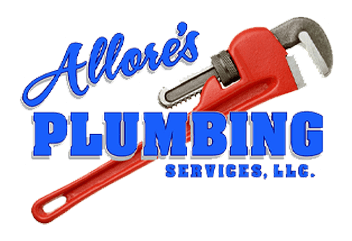
 Discover Your Healthy New Year Plan
Discover Your Healthy New Year Plan
 Low-Flow Toilets are Economical and Environmentally-Friendly
Low-Flow Toilets are Economical and Environmentally-Friendly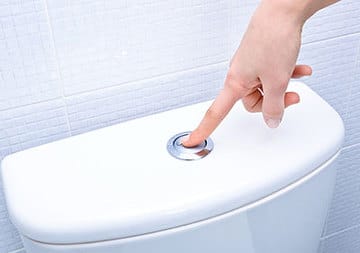 In society, we need toilets to maintain a healthy and clean lifestyle. As technology advances, we find new ways to prevent disease and dispose of human waste in a safe and effective manner.
In society, we need toilets to maintain a healthy and clean lifestyle. As technology advances, we find new ways to prevent disease and dispose of human waste in a safe and effective manner. 
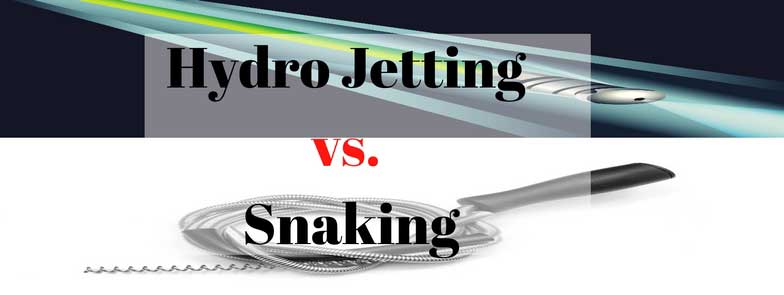
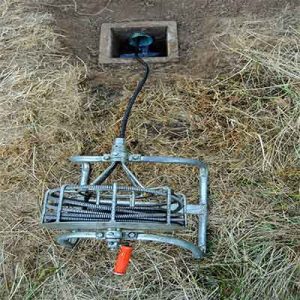 What is a Plumbing Snake Exactly?
What is a Plumbing Snake Exactly?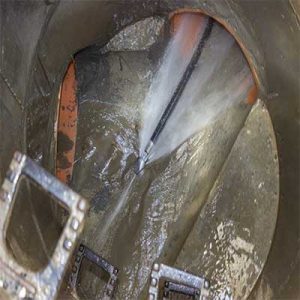



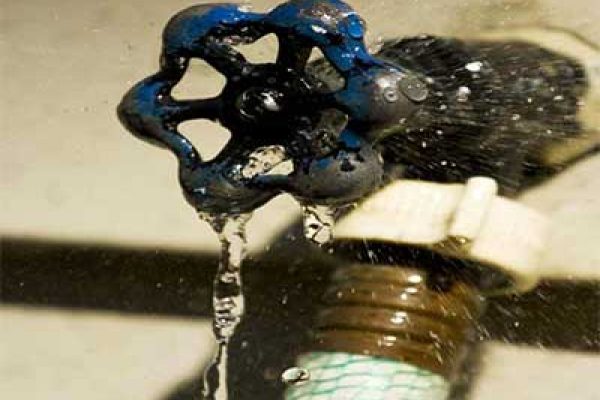




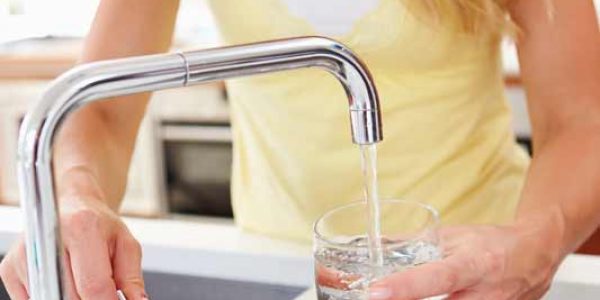

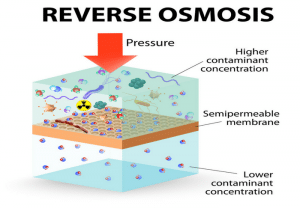 Pros and Cons of Using RO and DI Filtration
Pros and Cons of Using RO and DI Filtration

 Two Plungers
Two Plungers A Caulking Gun
A Caulking Gun Have a Home Safety Plan
Have a Home Safety Plan




 Chances are if you’re planning a summer vacation anytime soon, you have a running checklist of things you need to pack or prepare before leaving. Whether you’re leaving for a week or six weeks, there are a few vital tasks that need to be taken care of before leaving to go on vacation.
Chances are if you’re planning a summer vacation anytime soon, you have a running checklist of things you need to pack or prepare before leaving. Whether you’re leaving for a week or six weeks, there are a few vital tasks that need to be taken care of before leaving to go on vacation.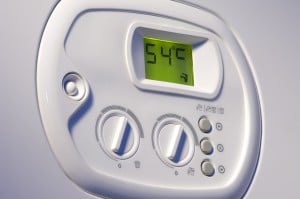
 Perhaps the most important aspect involves the home’s plumbing system, which if unchecked can produce repair bills resulting in thousands of dollars.
Perhaps the most important aspect involves the home’s plumbing system, which if unchecked can produce repair bills resulting in thousands of dollars.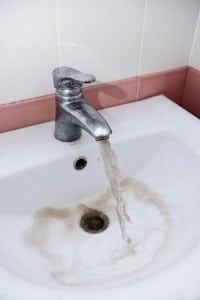 Discolored Water in the Home
Discolored Water in the Home Along with all these factors, you should also pay attention to any leaks coming from sinks around the house. While a plumber can do this, it’s also important for you to do so as well.
Along with all these factors, you should also pay attention to any leaks coming from sinks around the house. While a plumber can do this, it’s also important for you to do so as well.